January in Review

Television
Sherlock — Season 4
The Six Thatchers
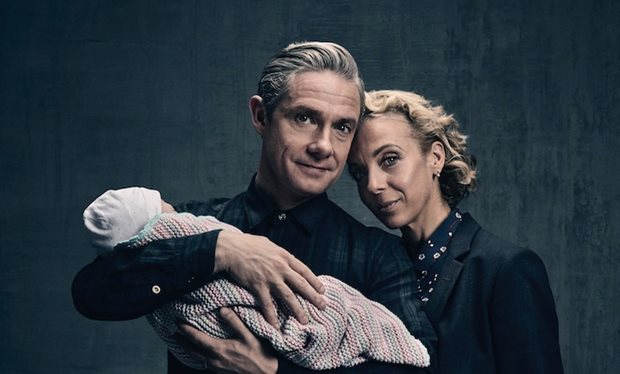
After more than two years, with the exception of a special last year, Sherlock is finally back and….. it was a bit underwhelming.
The big problem in the return of Sherlock is that they now try to humanize him, he has lost his bite and some of the mystery that surrounds him and his abilities. The romantic angle for Watson, despite all the complications, does not really help this episode either.
Overall I would give it a 6/10, nice to have Cumberbatch and Freeman back, but something got lost, and not just because of video calling in 2016.
Death in Paradise - Season 6
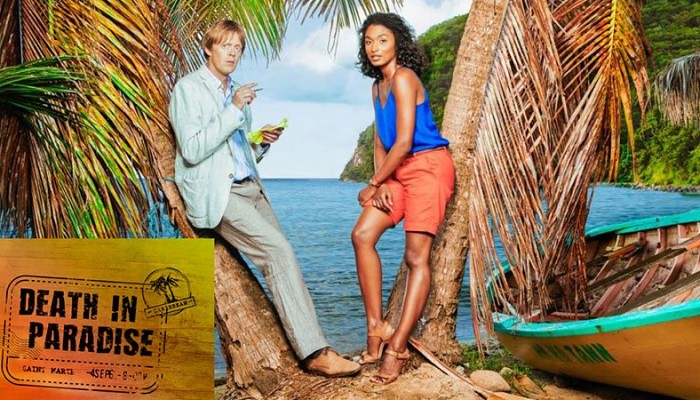
I admit when the show first started out it was charming, then with Season 3 the lead actor changed, from a “stiff upper lip” type of Inspector more to the Columbo type.
There have been other departures as well, but none of this really has refreshed the show in any way. It’s still pretty palm beaches and beautiful people, but the bite is out of it. Too bad.
James May - The Reassembler - Season 2
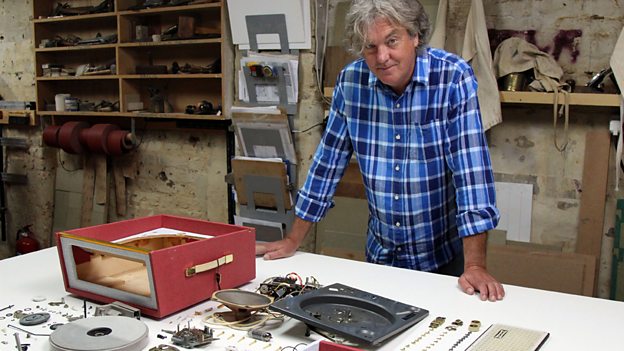
British TV has brought us some weird and wonderful TV over the years, and although Season 2 started right after Christmas I will include it in my January round up because it’s just too “weird” of a show not to mention.
Where there are long running shows about “How it’s made” and similar documentaries, James May takes it a slight bit further. He has someone disassemble items, then we get to watch James May, of TopGear fame, to put them back together in a shed.
It is a quintessential British show with a very very quirky James May, that you occasionally get to see when he’s together with the other two blokes, but here, it’s him all the time.
So if you like “slow TV” and watch a middle aged guy spend half an hour putting together a mixer while pontificating about a hand tool, this show’s for you.
Swords, Muskets and Machine Guns — Britain’s Armed History

It’s not an understatement to say that weapons did not only make Britain but humanity as a whole. We have pretty lousy weapons, no claws or teeth that can really be used as weapons. So we used our brains and crafted our own.
The three part series gives an interesting overview over the weapons development in the British Isles and by extension Europe from ancient to modern times.
The most astonishing thing for me about the series was how slow weapons development was until the enlightenment. It seems once we had figured out that science thing we made great strides in getting more efficient in killing each other, among other things.
If you’re interested in history then you really should watch this.
Books
Non-Fiction
The Vegetarian Myth: Food, Justice, and Sustainability
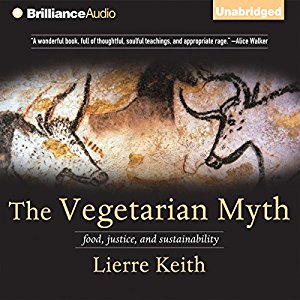
Part memoir, nutritional primer, and political manifesto, this controversial examination exposes the destructive history of agriculture—causing the devastation of prairies and forests, driving countless species extinct, altering the climate, and destroying the topsoil—and asserts that, in order to save the planet, food must come from within living communities. In order for this to happen, the argument champions eating locally and sustainably and encourages those with the resources to grow their own food. Further examining the question of what to eat from the perspective of both human and environmental health, the account goes beyond health choices and discusses potential moral issues from eating—or not eating—animals. Through the deeply personal narrative of someone who practiced veganism for 20 years, this unique exploration also discusses alternatives to industrial farming, reveals the risks of a vegan diet, and explains why animals belong on ecologically sound farms.
Books about nutrition have fascinated me the last two years, so when I saw this book, I got curious.
She starts her journey with telling us how 20 years of Vegan diet had ruined her quality of life and only after changing her diet to an omnivores’ did things improve. She compares herself during this time heavily to a cultist, who struggled with the realization that her plants fed on dead animals, that she killed countless creatures every time she did something in her garden and how much emotional anguish it caused her. She was, what you could call a conscientious objector. What do people like her do when they are confronted with the reality that their chosen martyrdom lead to her own demise? She uses it as a launch off point into another extreme. Her entire book tries to make the argument that not only is a Vegan diet bad for you, but that agriculture in general is bad for humans and the planet.
The book meanders between trying to be scientific to being a manifesto. The last chapter specifically could be considered a “call to arms”, though what exactly the goal is she never makes clear. By her own account in order to stay sustainable the human population has to drop below 1 Billion on earth. How she wants to accomplish this she isn’t saying, outside of suggesting that you don’t have kids.
The book overall gives the impression that it wasn’t written so much to enlighten people but to unburden her soul from the “damage” that her life does to the planet and future generations. It is overall a rather sad book, where someone gains enlightenment only to fall into another “believe” trap and turning into a religious person trying to absolve themselves from their sins.
This book is hard to rate, if I go by what’s “written on the tin” then it’s a 1/10, if you want to read it as a book that can show you how people can fail at life and never quite change their outlook, then this is probably worth an 8/10.
Overall though, there are better books out there that talk about nutrition and the environment, without the desperation and self-loathing that this author brings to the table.
Inside of a Dog: What Dogs See, Smell, and Know
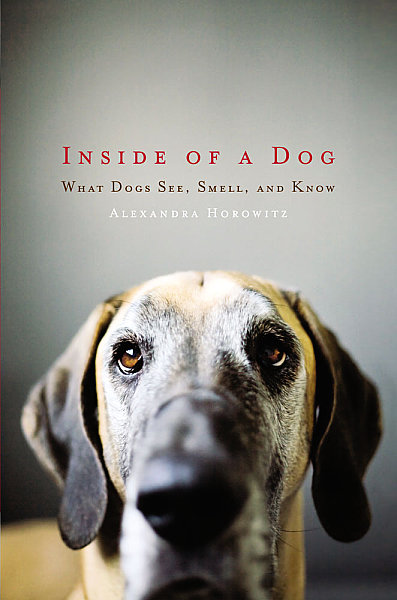
If you ever had a dog, you probably wondered from time to time how they were perceiving the world. This book definitely provides some answer to that.
An example that stuck out is the realization that the primary way a dog sees then world is by smell, not by sight. It makes me look much different when I see dogs with their humans in the city and observe how they interact.
So if you’re wondering how your four legged furry friend sees the world, this book will do an excellent job in answering it.
Being a Dog
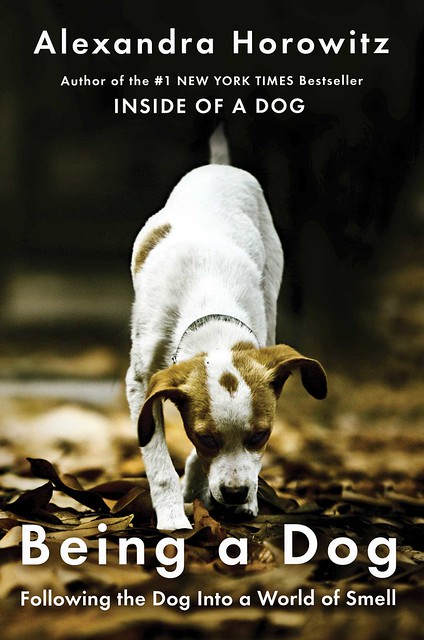
This is more or less a follow up to “Inside of a Dog”. This time Alexandra Horowitz concentrates on how a “dog sees the world”. Or maybe more accurately how a dog smells the world.
The book goes from the biological background to how a dogs nose works, and how it compares to ours, to her “becoming a dog” by trying and “sniffing out” the world around her, and to her surprise discovered a whole new dimension.
I won’t be sticking my nose close to the ground anytime soon to see if I can sniff out who walked along there, but like with “Inside of a Dog” I am looking a bit different at our four legged friends and how they navigate the world.
The Primal Blueprint: Reprogram your genes for effortless weight loss, vibrant health, and boundless energy

One word: Paleo. Yes, that “fad” is still around. It made an indirect return via the route of the “fat is good” diet approach. I may sound a bit snarky here, but in full disclosure I sort of follow a paleoesque diet in that I have replaced a lot of my carbs with fats and proteins and I have very little added sugar. I also agree with some other “back to basic” ideas, but the wholesale approach that is often getting preached I am not a big fan of.
Having said this, the book surprised me. Mostly because the author does not try to preach, instead he tries to entice people to try things out. He brings along some evidence / studies to make his point, but to be quite frank, I doubt most people look these studies up and read them. I know I don’t (most of the time).
The other positive quality of the book though is that he realizes that “100% paleo or bust” is not a good approach to this kind of al lifestyle change. Thus he encourages people to try, and if they hit only 80% then that’s better than 0%.
So what remains? A book I think is worth reading if you’re curious about living a lower carb lifestyle or just want to experiment with it. Additionally he provides some simple to follow fitness metrics that should fit into most people’s schedule and don’t even require a gym membership (you know it’s January, so you probably have said you would go to the gym for sure this year). As far as “change your lifestyle, live forever!” type books go, this one is actually not bad.
Fiction
Star Wars: Rogue One
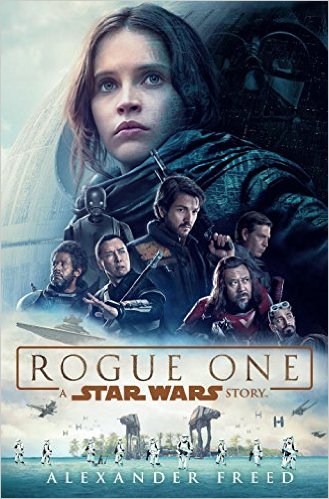
I have not seen the movie, mostly because it struck me as a whole lot of fan service. The Red Letter Media review didn’t really do anything in disgusting me from this.
Having said that, the book sounded more interesting:
Go beyond the film with a novelization featuring new scenes and expanded material.
So, I can’t make a direct link between what is expanded, but I can guess. The book has several sections of email correspondence that I can be pretty certain do not exist in the movie. The most interesting aspect is that it addresses why there was an exhaust port in the first place.
Other than that? The book is light reading, the characters have a little bit of depth, mostly due to internal monologue, and it is fast enough paced / has enough action to entertain. It is, for all intends an purposes a story heavily stood up by the Star Wars brand.
The book, much like the movie seems to be fan service, as a “military sci-fi” story it’s passable though. So no rating, but if you enjoy Star Wars and military sci-fi, you’ll be okay.
I’ll leave the last word to Mr. Plinkett, most of the arguments for the movie hold true for the book.
We are Legion (We are Bob) — The Bobiverse Book 1

Sometimes you just want something funny to read while also going “mmmmh” a bit. The Hitchhikers Guide to the Galaxy is one such example. I am not quite equating We are Legion with the Guide, but the same principle and quirkiness can’t be denied.
The story starts in the present. Our Hero Bob has struck it rich and decides to get his head frozen once he dies, which doesn’t take long. When Bob wakes up again he is no longer a human though, some things have happened and Bob…. Well, Bob is supposed to find a habitable planet for his new owners. To achieve this he is equipped with equipment to make copies of himself. Then things get really weird.
So if you like quirky space adventures with some thought behind them, sign up. The Bob awaits.
Empire Games — Charles Stross
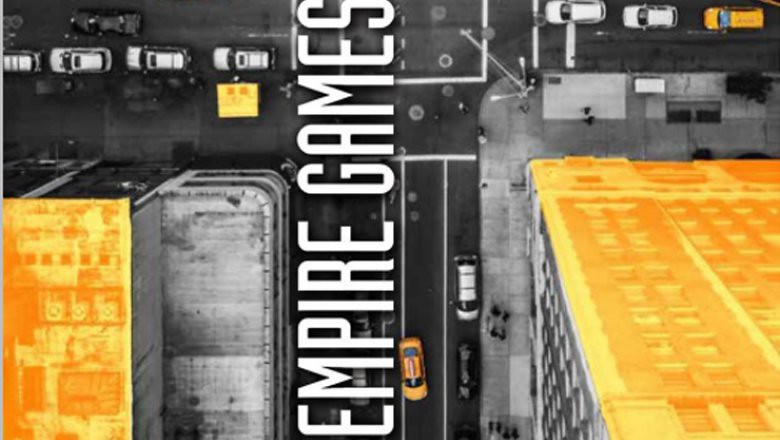
I am a bit mixed on Charles Stross, I do like a lot of his ideas and am an absolute fan of The Laundry Files, it probably helps that when I was younger I read pretty much all of the Lovecraftian Lore. With his Sci-Fi stuff I am a bit more ambivalent about.
So on then to Empire Games, which is, supposedly, set in his Merchant Princes universe, which I haven’t read.
The book stretches across different timelines / multiverses and we follow the story of a new “world traveller” who gets dragged into multi-verse political games and a kind of cold war that is about to get hot.
Writing books in different timelines / story lines can be a challenge, though Stross is very good in weaving the story together without losing the reader, I did find it at times a wee bit chaotic. It also didn’t quite grip me as, for example, his Laundry Files series has. If this is because I haven’t read the previous books or if it just isn’t for me I can’t really answer.
Having said this, if you like multiverse world and spy / political stories it’s definitely worth checking out.
Movies
Documentaries
Freightened
Slavery at sea is still a thing and Freightened shows to what extremes thing can go and at times what human drama and cost lies behind that latest item you just bought that was shipped from halfway around the world.
It can get a bit preachy at times, but no more than any similar type of documentary.
We Love Paleo
Fitting with the book from this month this documentary tells the life changing experiences from several people through their own stories. It is a pretty bog standard type of documentary. Have different people at the same time explain their new found lifestyle and how now all is better.
Like with most food documentaries of this type the movie is really a 90 minute long ad for the paleo lifestyle.
Realistically the only approach is to watch all of these types of documentaries for any and all nutrition fashion styles and then pick the overlap as your diet starting point.
So, if you have watched this type of documentary before and are curious about the paleo life, this one’s for you.
Risky Drinking
Risky Drinking is an HBO documentary that deals with alcohol abuse in modern day America. Although centred there, binge drinking and hidden drinking seems to be something that happens quite frequently in most western countries it seems.
So what do we get in the documentary? The story of how alcohol has destroyed or nearly destroyed their lives. To that end the documentary provides surrounding statistics, e.g. yearly alcohol dead etc.
It is an interesting look into these people’s lives and how the alcohol ended up domineering it. I have to admit though I did not find any of this shocking, maybe because I have seen it first hand when I grew up, so the shock value wasn’t there. But it was interesting to see how little difference there was between then and now.
Alcohol really does seem to be something universal.
A Plastic Ocean
To put the summary upfront: A bog standard environmental documentary. This one deals specifically with the plastic that is in our oceans, affecting marine life and human life alike.
Of course in this day and age a documentary like this would not be complete without adding a section about how horrible plastic is for your health.
If this sounds snarky then that’s only because it follow the normal “paint by numbers” scheme that almost all of these documentaries follow these days.
Having said it, it makes some good points and if you had no idea about all the plastic in the oceans then it’s definitely a good way to start and get informed.
Music
Mixes
_ _ _ _ _ _Albums
Max Richter: Music from Woolf Works / Mrs Dalloway: Words
_Max Richter is one of my favourite composers these days and his latest release fits in well with his previous works. This album is an interesting combination of spoken word / music and reminds me a bit of the Late Night Tales series, albeit with more of a classic bend.
At roughly an hour long this is a great album to finish the day.
Nine Inch Nails: Not The Actual Events
_Trent Reznor and Nine Inch Nails have gone through an interesting evolution over the last few years. From the hard, industrial and at times angry sound in the 90s to a much more nuanced and “light” sound in the past few years.
Reznor’s foray into sound track production, not to mention his Ghost I-IV, have clearly influenced this new release as well.
It is, in essence, a very polished Nine Inch Nails album. A lot of the edges have been filed off, and instead a lot of polish was applied to the tracks. It is an interesting album in the context of the band.
It is not an album though that you will find played heavily on “mainstream” radio stations.
Infected Mushroom: Return to the Sauce
_Infected Mushroom have managed to produce a “feel good” album with their latest release. My favourite track must be “Manipulator” which hits in “all the right spots” for me and so far is probably my favourite track of the year. Yes, it’s only January, but we all have to start somewhere.
Much like NiN, this album also is a continuation of a trajectory the ‘shrooms have set out a while ago and in these dark, and often cold, days it’s a nice upbeat album.
Definitely worth a listen.
